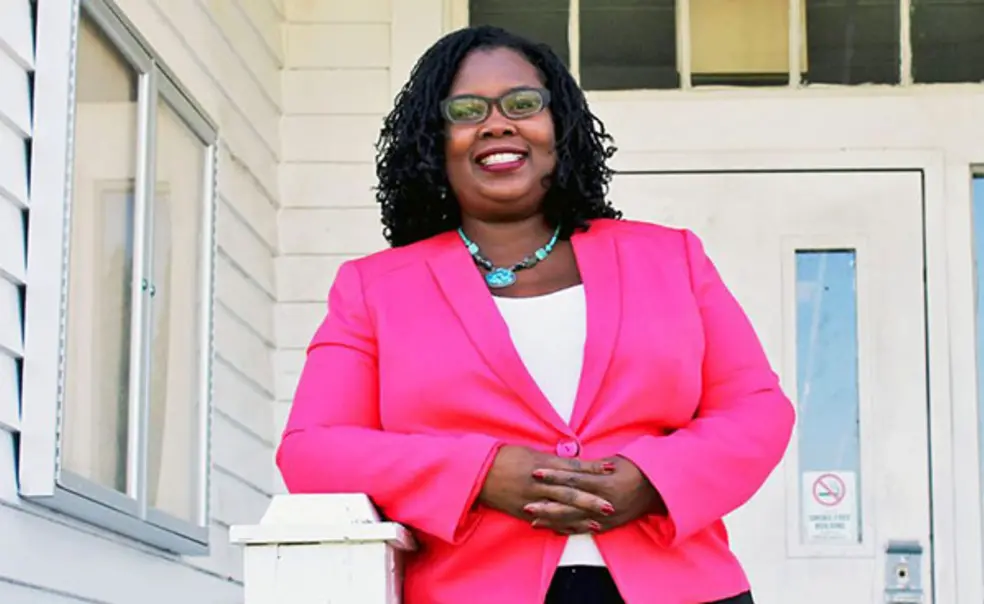Melissa Stuckey ’00 Preserves Regional History and Stories of Education in the Segregated South
When Melissa Stuckey ’00 came to Princeton, she knew from her experience in high school that she wanted to study history. But she had another reason to attend that went beyond her academic interest: Stuckey’s mother, the first in her family to graduate from college, had turned down her own Princeton admission offer for financial reasons.
“I was determined to go and complete that story,” Stuckey explained.
At Princeton, Stuckey earned a Mellon Mays Undergraduate Fellowship, which provides financial support to students from underrepresented backgrounds interested in entering academia. She credits that fellowship, and the support of Professor Nell Irvin Painter, for preparing her well for her academic career.
Stuckey is now an assistant professor of history at Elizabeth City State University, a historically black college in northeastern North Carolina. She recently helped the university win a $350,000 National Endowment for the Humanities grant to create the Northeastern North Carolina African American Research and Cultural Center.
The center, which will be housed in two buildings on ECSU’s campus, is the first of its kind in the region. One of those buildings is a former Rosenwald School, part of a collection schools for African-American students during the segregation era. At one point, Rosenwald Schools in the American South numbered over 2,000, with more than 200 in northeastern North Carolina alone.
Stuckey plans to move the Rosenwald School building back to its original location on campus, next to the principal’s house, the former home of the university president, which will serve as the center’s second building. A parking lot now covers the school’s original location, and Stuckey finds the project’s archeological aspect exciting. “I can’t wait to see what’s under that ground — what bits and pieces of the past were paved over,” she said.
The center, which will include a replica classroom and other memorabilia from the region, will also serve as an archive of oral histories.
“There’s a critical mass of individuals who attended segregated public schools whose stories have not yet been told. They’re important. They’re powerful,” said Stuckey. She plans to hold “history harvest” events to collect historical memorabilia from the local community.
Eventually, the center will serve as an archive and a resource for researchers, but Stuckey also views it as a project in which the community can take ownership. “It is a gathering place. It’s a place that we will invite our community writ large — northeastern North Carolina — to be a part of creating,” she said.
Stuckey credits the opening of the National Museum of African American History and Culture in 2016 for creating space for other institutions to emerge, but more work remains. “There is a real neglect for certain regions — regions that are more rural,” she said.
In the midst of fundraising, planning, and soon constructing a center to address that neglect, the interactive nature of the project has kept Stuckey driven. “The center does not exist without people,” she said. “It is the people. It’s not the building.”












No responses yet